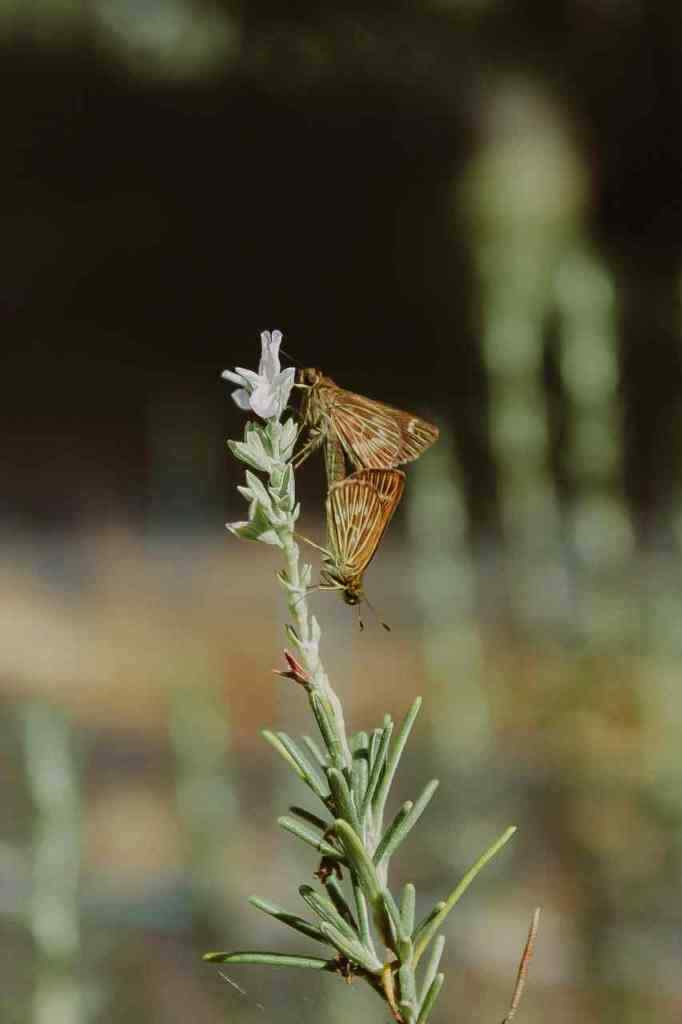Painted Lady Butterflies Make Record-Breaking Transatlantic Flight
Hold onto your hats, folks, because the world of science just got a whole lot more wondrous! We’re talking about butterflies—those delicate, fluttering symbols of transformation—making a journey that would make even the most seasoned traveler bug out (pun intended). And guess what? You’re reading about it right here in CNN’s Wonder Theory, your one-stop shop for all things mind-blowing in the realm of science. But more on that later—let’s get back to those high-flying butterflies, shall we?
The Mystery Begins
Our story starts, as many good science mysteries do, with a curious scientist and an unexpected observation. Enter Dr. Gerard Talavera, an entomologist who, back in two thousand thirteen, stumbled upon a sight that sent his scientific senses tingling: a group of utterly exhausted painted lady butterflies on the shores of French Guiana. Now, you might be thinking, “Butterflies get tired, what’s the big deal?” And you’d be right—except these weren’t your average, run-of-the-mill butterflies taking a breather after a quick nectar run.
These butterflies were far, far, FAR from home. See, French Guiana, nestled snugly on the northeastern coast of South America, isn’t exactly a known stomping ground for the painted lady. These colorful critters are more commonly found flitting about Europe, Asia, and Africa—nowhere near the tropical paradise of French Guiana. So, how on earth did they get there? Well, that’s the million-dollar question, isn’t it?
Unprecedented Feat
Here’s the thing about butterflies—they’re amazing little creatures, capable of migrating thousands of miles in their short lifespans. But, and this is a big but, they’ve always been thought of as land-lubbers, relying on solid ground for rest and refueling during their epic journeys. Flying across a vast expanse of ocean? Unheard of… until now, that is.
Dr. Talavera’s discovery sent shockwaves through the scientific community. Could these intrepid insects have actually flown across the Atlantic Ocean? Was this a fluke, a one-in-a-million chance occurrence? Or could it be that our understanding of butterfly migration was, dare we say it, in dire need of an update?
Previous Research and Limitations
Dr. Talavera, no stranger to the whims of painted ladies, had already dedicated years to mapping their intricate migratory routes across Europe and Africa. His research had painted a picture (again, pun intended) of butterflies relying on land bridges and strategic stopovers to complete their epic journeys. These weren’t casual joyrides; they were meticulously planned expeditions with refueling stops as crucial as any pit stop in a Formula One race.
But a non-stop transatlantic flight? That was a whole different ball game. The sheer distance, the lack of resting spots, the unforgiving vastness of the open ocean—it all seemed insurmountable, even for the most determined butterfly. It was like asking a marathon runner to swim the English Channel… in a butterfly stroke, no less!
The Science Behind the Flight
So, if conventional wisdom said “no way,” how did these winged wonders pull it off? Well, it turns out our little butterfly friends had a few tricks up their, well, wings. And no, they didn’t suddenly evolve miniaturized jetpacks (though that would be pretty awesome). The answer, as with many things in nature, lay in a perfect storm of factors:
- Wind Power: The researchers believe the butterflies hitched a ride on favorable wind conditions, most likely the trade winds that sweep across the Atlantic. Think of it as Mother Nature’s own transatlantic airline, offering a free, albeit slightly bumpy, ride to our adventurous insects.
- Marathon Fliers: Painted ladies, while delicate in appearance, are surprisingly strong fliers. They can cover impressive distances with their own wing power, and with a little help from the wind, they can really rack up the air miles. The scientists estimated the journey could take anywhere from five to eight days—a testament to the butterflies’ endurance and, let’s face it, sheer determination.

Confirming the Transatlantic Journey
Of course, extraordinary claims require extraordinary evidence. The researchers weren’t about to declare a transatlantic butterfly express without some serious scientific sleuthing. Here’s how they connected the dots:
- DNA Testing: First, they had to rule out the possibility that these butterflies were simply blown off course from a closer population, like those in North America. DNA analysis quickly put that theory to rest, confirming these butterflies were not of North American origin.
- Isotope Investigation: Next, they used a clever technique called isotope analysis. This allowed them to trace the butterflies’ birthplace based on the unique chemical signatures found in their wings. The results pointed to a starting point somewhere in Europe, North Africa, or West Africa.
- Pollen Power: Remember those pit stops we mentioned earlier? Turns out butterflies pick up more than just fuel during their travels—they also collect pollen. Analyzing the pollen on the butterflies revealed the presence of plant species found exclusively in West Africa. This, combined with the timing of the butterflies’ arrival and the blooming season of those specific plants, narrowed down the likely departure point to West Africa.
- Weather Check: Finally, no detective case is complete without checking the weather report. The researchers analyzed historical weather data and confirmed that, yup, there were indeed favorable wind conditions for a transatlantic journey during the time frame the butterflies would have made their incredible flight.
Implications and Future Research
The confirmation of this transatlantic butterfly highway threw open a whole new chapter in our understanding of insect migration. It suggested that what was once considered an impossible feat might actually be a regular, albeit rarely observed, occurrence. We’re talking about one of the longest insect migrations ever recorded—a discovery that has scientists buzzing with excitement (okay, we’ll stop with the puns… for now).
This groundbreaking finding begs a whole bunch of new questions. Is this a consistent migration route? Are there other butterfly species secretly making similar journeys? And how on earth are these tiny creatures navigating across such vast distances?
